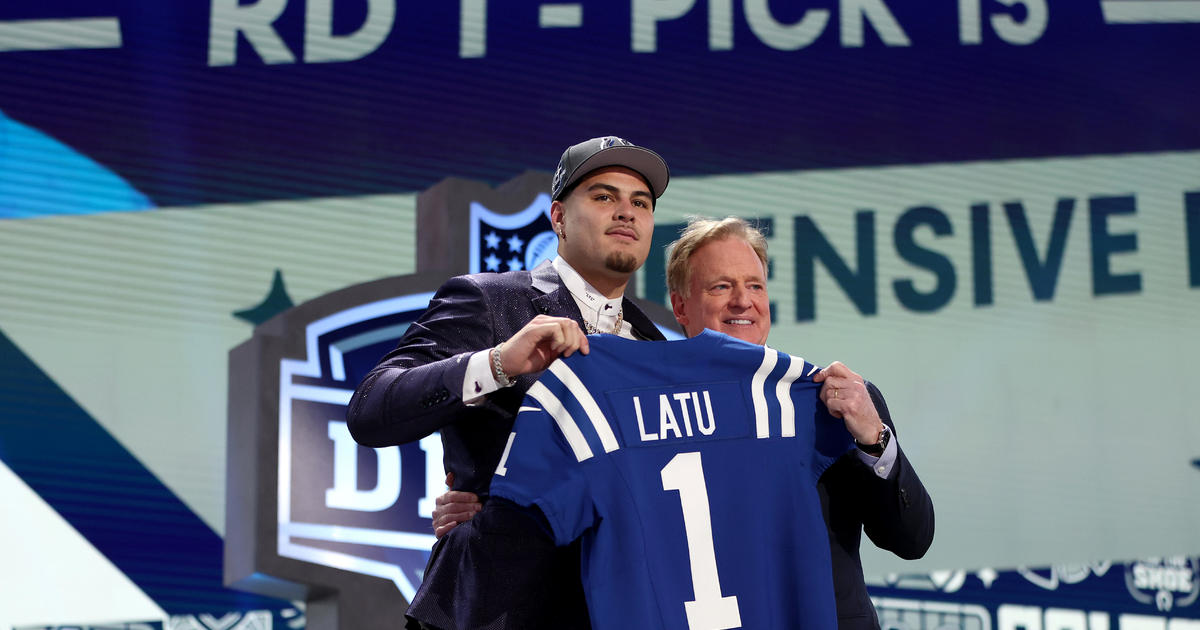Olivia Munn says a breast cancer risk assessment tool helped lead to her diagnosis. Experts explain what to know.
Actor Olivia Munn revealed Wednesday she was diagnosed with breast cancer last year, and she credited a risk assessment score that many women may not know about for helping to catch it.
Munn, 43, said she'd had both a normal mammogram and a negative test for cancer genes she took in February 2023. Then her doctor calculated her breast cancer risk assessment score.
The assessment "looked at factors like my age, familial breast cancer history, and the fact that I had my first child after the age of 30," Munn wrote in a post on social media, and it indicated her lifetime risk was 37%.
"Because of that score, I was sent to get an MRI, which led to an ultrasound, which then led to a biopsy," she explained. "The biopsy showed I had Luminal B cancer in both breasts. Luminal B is an aggressive, fast moving cancer." She underwent a double mastectomy 30 days after the biopsy.
If her doctor didn't decide to conduct a risk assessment for breast cancer, Munn said the cancer wouldn't have been found until her next scheduled mammogram.
"The fact that she did saved my life," said Munn. She encouraged other women to learn their scores.
Dr. Elisa Port, chief of breast surgery at Mt. Sinai Health System in New York, who was not involved with Munn's care, says there are a few different risk models available, all of which act as a survey to determine a person's risk level. The Gail Model and Tyrer-Cuzick risk model are two examples.
"You can go online and do this," Port said on "CBS Mornings" Thursday. "It asks you a number of different questions."
The questions include things like:
- Current age
- Height and weight
- Family history
- At what age a woman started her period
- If and when the woman has given birth
- Whether or not the patient had a breast biopsy and what it showed
"If you have a score, for example, that's greater than a 20% lifetime risk of breast cancer, you may be eligible to include MRIs in your screening in addition to potentially mammograms and ultrasounds," Dr. Elizabeth Comen, a breast oncologist at Memorial Sloan Kettering Cancer Center, told CBS News.
Port says reproductive factors have less of an effect overall than the other factors at pushing your risk higher. A big one to be aware of? Family history.
"(The risk assessment tool) is very helpful to spit out a quantifiable number, but most women should know already if they have a family history of breast cancer, they're at higher risk than the average," she said.
For most women, the average risk of getting breast cancer in their lifetime is about 10% to 12%, Port says. For the general population, mammograms should start at age 40, according to recommended guidelines. For those at higher risk, doctors may suggest starting earlier.
"On the other, far end of the spectrum are women who carry genetic predisposition, and their risk is about 60% to 80%. That's the highest risk," Port said.
But she points out, "we're all at risk," noting that 85% to 90% of women who get breast cancer have no family history.
"Women say, 'I didn't think to do these general screening tests because I didn't think I was at risk.' But even the average woman's risk with no other risk factors is 10% to 12% over her lifetime," Port said. "That's enough to be doing the appropriate screening tests."
The overall takeaway from Munn sharing her story: Know your risk, Port urges.
"Whether that's going online by yourself or going to a doctor who can run this algorithm for you. Those things will all give you a better idea of what you should be doing to be proactive about your health," she said.



